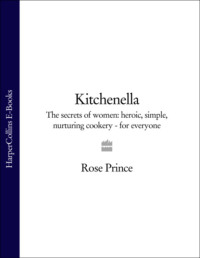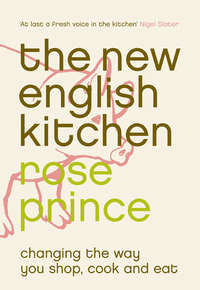The New English Table: 200 Recipes from the Queen of Thrifty, Inventive Cooking

Полная версия
The New English Table: 200 Recipes from the Queen of Thrifty, Inventive Cooking
Настройки чтения
Размер шрифта
Высота строк
Поля
Конец ознакомительного фрагмента
Купить и скачать всю книгу





